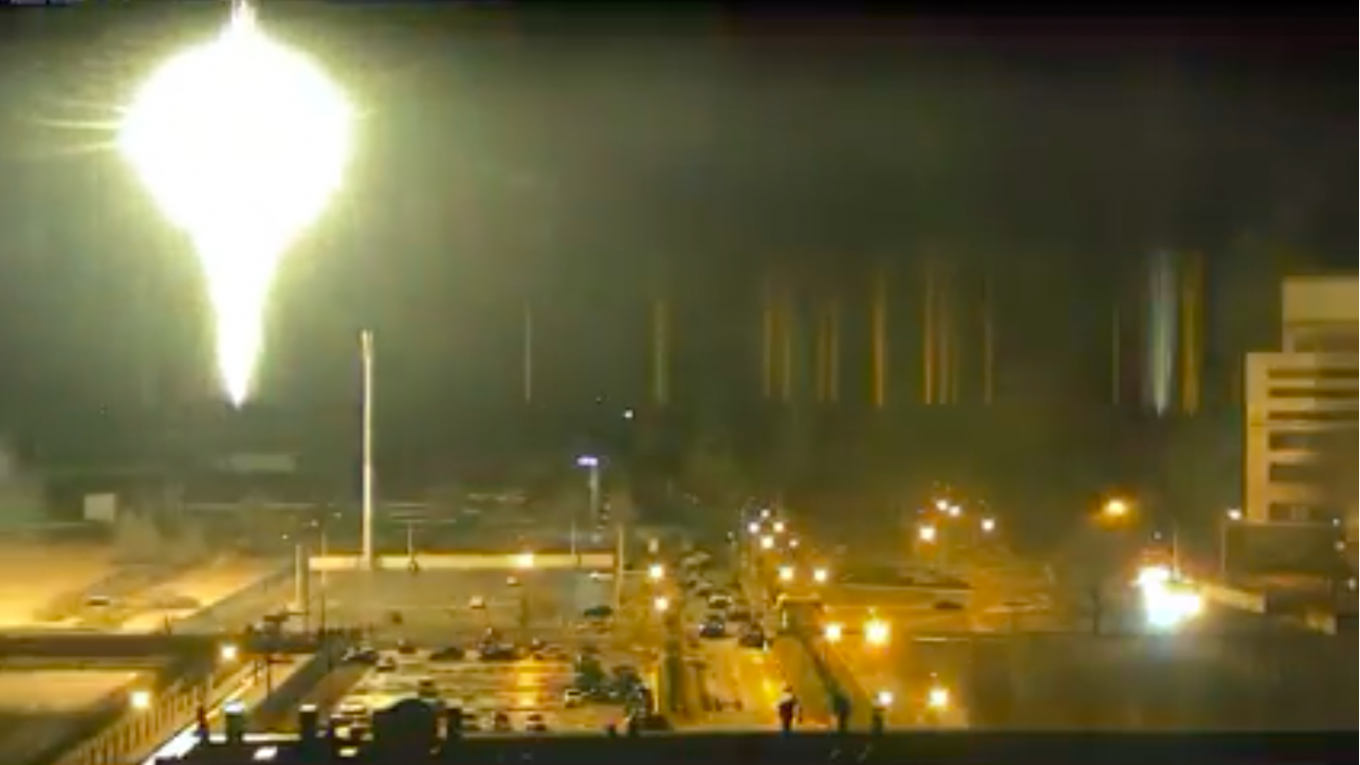On Friday, Asian stock markets and the euro fell sharply, while oil prices rose as investors were alarmed by disclosures of a nuclear power plant catching fire amid fierce fighting between Ukrainian and Russian troops.

Markets across the region were battered by risk-off sentiment, with U.S. stock futures also falling sharply, implying more suffering for European and U.S. industries when they open later in the day.
According to RIA News, a producing facility at the Zaporizhzhia nuclear power plant, Europe’s biggest of its kind, was hit during a Russian troop invasion, according to the Ukrainian atomic energy ministry.
While prices have since risen from their morning lows following reports that radiation levels in nuclear power plant area have not changed, investors remain concerned.
Vasu Menon, OCBC Bank’s executive director of investment strategy said that the nuclear fallout is causing concern in the markets. The risk is that a miscalculation or overreaction occurs, prolonging the war.
The MSCI Asia-Pacific ex-Japan index (.MIAPJ0000PUS) fell as much as 1.6 percent to 585.5, the lowest level since November 2020, bringing the year-to-date losses to 7%. Although it recovered some of its losses, it was still down 1.1 percent.
According to Menon, markets don’t want a contagion influence, which would result in more European countries being affected by the crisis. Wnd investors must have a strong and long-term tolerance for risk if they want to buy.
Japan’s stock market (.N225) was down 2.4 percent, South Korea’s 1.2 percent, China’s 0.9 percent, and Hong Kong’s (.SSEC) 2.5 percent. Australia (.AXJO), a commodities-heavy country, was not spared in the sell-off, losing 1%.
Futures on the S&P 500 recovered some of their early losses but were still down 0.6 percent, while Nasdaq futures were down 0.8 percent. Wall Street closed lower overnight as investors remained concerned about the Ukraine crisis while rising commodity prices also weighed on market sentiment.
Investors flocked to safe-haven U.S. Treasuries, sending benchmark 10-year yields down as much as 14 basis points to 1.7 percent. They eventually crept back up to 1.8 percent.
Oil prices rose on Friday after remaining stable the day before, with the market focusing on whether the OPEC+ producers, which include Saudi Arabia and Russia, will increase output in January.
Read Also: What is Oil Trading – Guide
May Brent crude futures hit a high of $114.23 per barrel. On Thursday, the contract dropped 2.2 percent.
However, the rise in commodity prices has sparked fears of stagflation, a condition in which rising inflation and stagnant output wreak havoc on the economy and stifle employment.
Prices for aluminum, copper, and nickel have soared to new highs as new sanctions against Russia threaten to interrupt the flow of commodity markets from one of the world’s largest producers.
On Friday, gold prices rose as well, aiming for their best weekly gain since May 2021. The price of spot gold increased by 0.05 percent to $1,935.8.
The euro continued to lose ground in currency markets, and it was on track to have its worst week against the dollar in nine months. It dropped 0.3 percent to $1.10335 but was still trading above the day’s lows. This week, it has lost about 1.8 percent, making it the euro’s worst week since June 2021.
On Thursday, Federal Reserve Chair Jerome Powell reiterated his Wednesday remarks that he would support an initial quarter-point increase in the bank’s benchmark rate.
